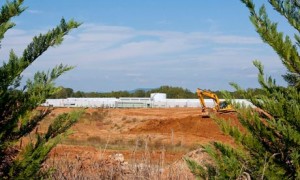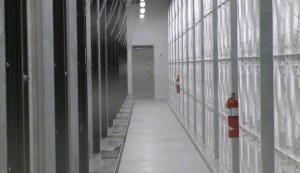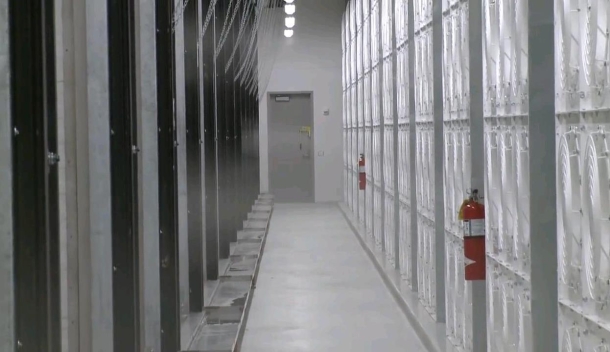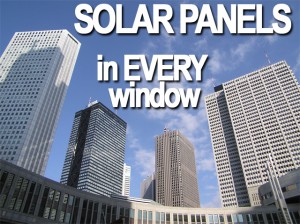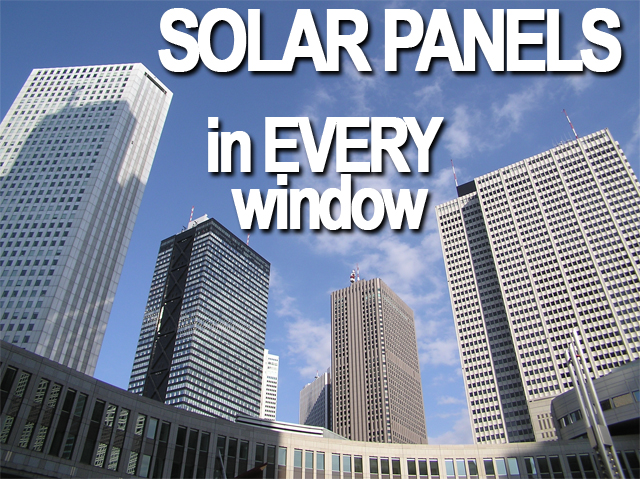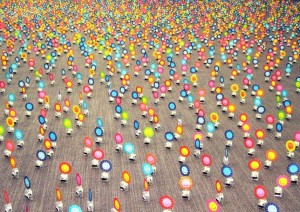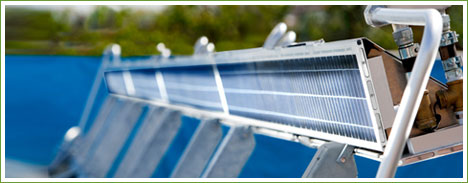
Sustainable and renewable energy sources has been the main source of various efforts on both designing as well as scientific levels. Over the years, the development in this field has been subtly pushing forward to more feasible as well as practical applications in offices, homes and also small outdoor efforts. The Solar Pod featured today, however, takes a step forward towards more commercial applications with an architectural twist. The pod came forward while working for greener solutions in context of not domestic but rather public gatherings which requires a certain degree of sophistication united to functional utility of stored renewable power. To bring alive such dreams and amalgamate futuristic power technologies to a greener aesthetic context, the Solar Pod brings forth a metallic flower facade lined inside with thin film solar collectors which symbolically holds forth the fruit for effective future replacement of fossil fuels.
 Follow
Follow
